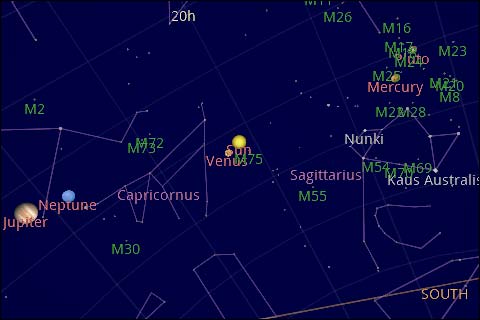By Anupum Pant
This might be a prevalent piece of information but like so many other very common things I do not know about, the Messier catalogue, I found, was just one of them. Ignore this if you know what it is…
I realized not knowing about the Messier catalogue, when a friend of mine asked me what the M with a number beside it signify in his Google sky app. We some how collectively chose to blindly predict that this was the way stars are named, with no knowledge whatsoever on the fact why only M was used.
Boy, we were wrong! Of course, M was used because of the “Messier catalogue”. But it wasn’t for stars.
Charles Messier was a French astronomer who had a decided on a mission for his life. He was to search and find as many comets he could, in his lifetime. He went on to find 15 of them – quite extraordinary for a single man to have done that.
While doing this search for comets Messier, to keep the comets separate from other cloudy objects he discovered, he started keeping a journal of non-comet objects. This came to be known as the Messier catalogue of deep sky objects.
As time progressed, objects were added one by one to the list. Their names on this catalogue start with the letter M – denoting “Messier objects” (not stars, but nebulae, star clusters and galaxies.). There are a total of 110 objects in this catalogue and is a nice thing for amateur astronomers to do the Messier marathon. This involves watching all of the objects at night spotting the sun rises.
The last object, M110 was added by Kenneth Glyn Jones in the year 1967.
All of these objects have other names too. One other name is the one that comes from the New General Catalogue (NGC). And hence the names are like NGC 1952 for M1.
More information about each one of the 110 objects can be found here [Link]

Hi Anupum,
I had an almost identical conversation when I restarted astronomy earlier this year, which led me to find the best 12 Messier objects to see throughout the year.
You readers can see what I came up with here:
http://lovethenightsky.com/12-best-messier-objects-for-astronomy-beginners/
Thanks for the blog,
Adam.